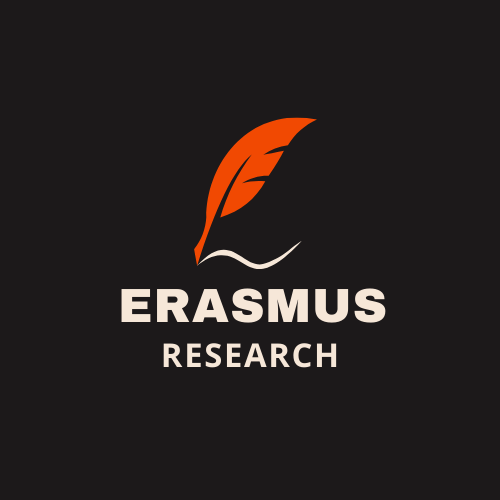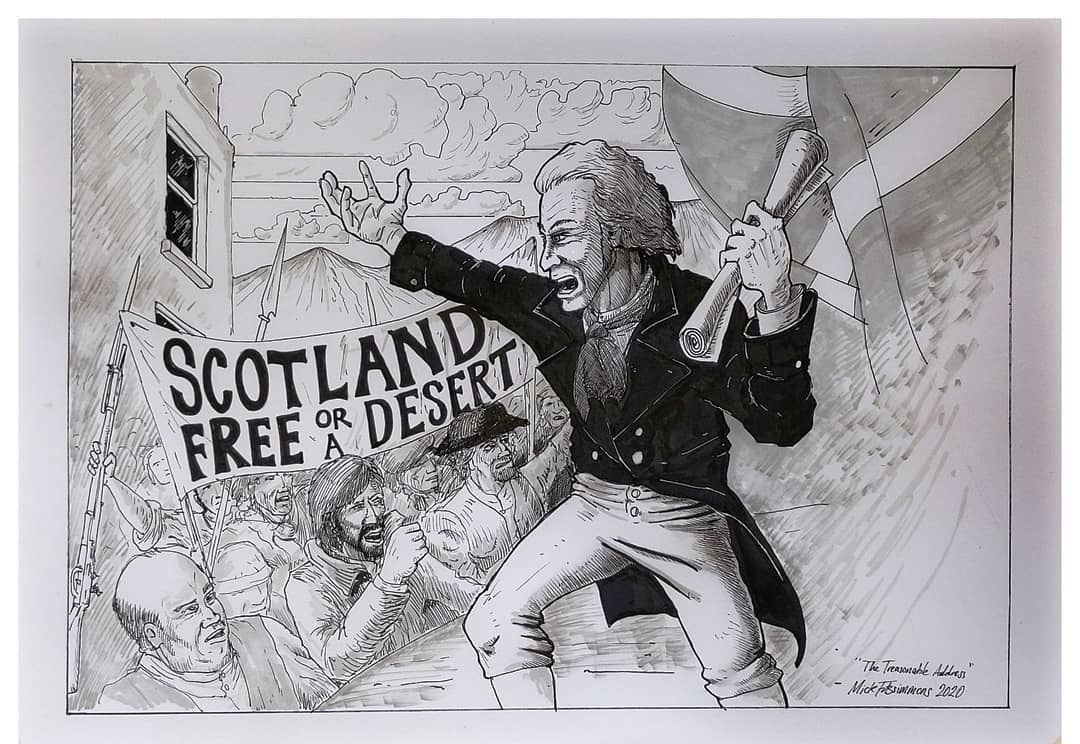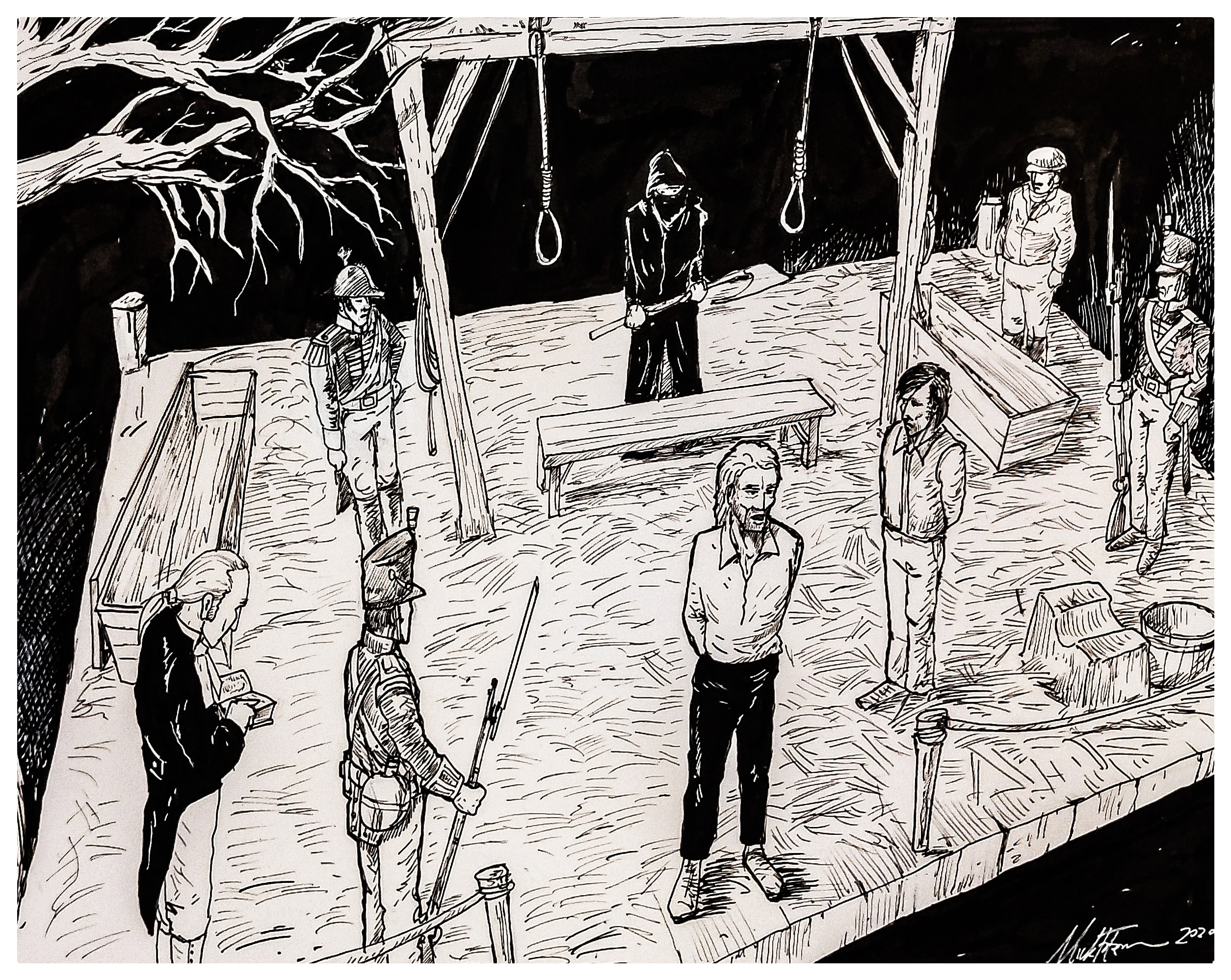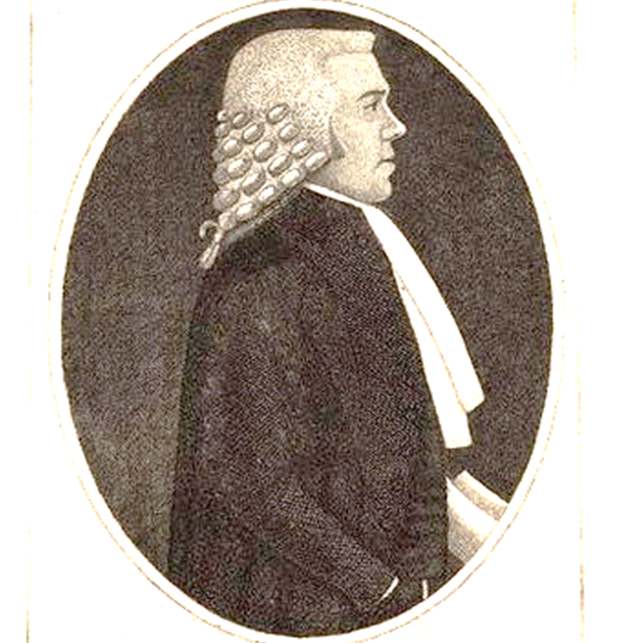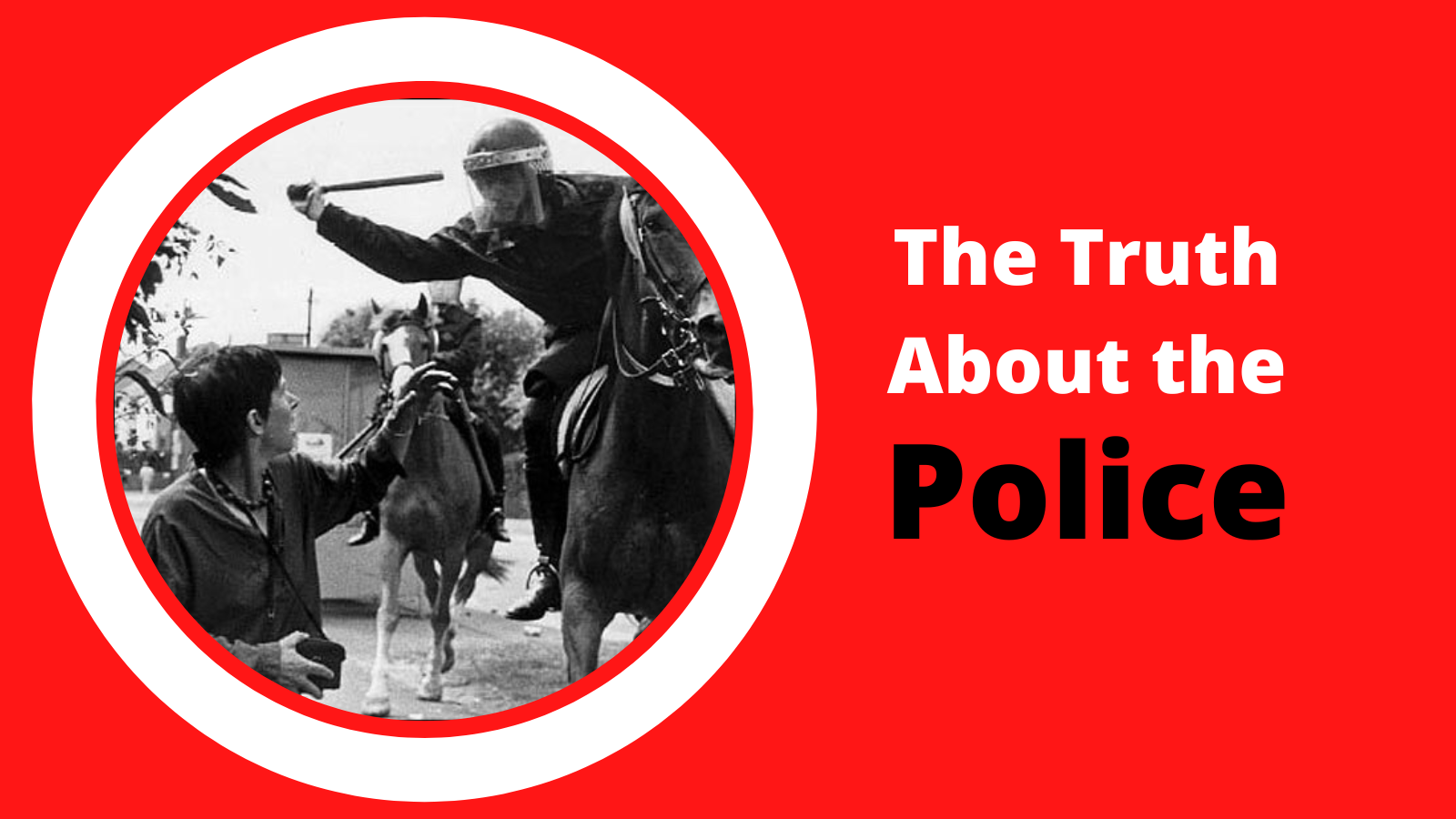
This is Chapter XX of the serialisation, the wording reproduced exactly as it appeared in the Stirling Sentinel, on Tuesday 25th June 1889.
Chapter XX
Mr Thomas Chalmers Co-operates with Peter Mackenzie – Difficulties in the Way of Erecting the Monument in Stirling Churchyard – An Obstructing Provost – Mackenzie Beards the Lions in their Den – Failure to Overcome the “Dirty Opposition” of the Provost – Offer and Acceptance of a Site at Thrushgrove – Unfulfilled Wish of an Aged Kilbarchan Radical
In July, 1834, Mr Thomas Chalmers, weaver, Stirling, father of the town bellman, and who, as we have stated, had acquired in 1826 the ground in Stirling Churchyard where Baird and Hardie were interred, opened a correspondence with Peter Mackenzie on the subject of the proposed monument which the latter had so much at heart. Mr Mackenzie gladly accepted Mr Chalmers’ offer of co-operation, and also expressed his pleasure that the Rev. Mr Bennie, who had been present in 1826 from the second to the first charge, was interesting himself in the matter. A suggestion was thrown out that the monument should be erected at Bonnymuir, but Peter Mackenzie promptly put his foot upon this proposal. “Without enquiring,” he said, “whether the ground for the erection of a monument to Hardie and Baird could be had at Bonnymuir or not, we should protest at the very idea of erecting a monument at the place where they were sabred and apprehended. No! Let us rather honour the spot where their mortal remains are deposited, viz., Stirling Churchyard; but if the public think proper afterwards to erect a monument in the middle of this moor, good and well.” Several plans and estimates were received for the monument, and the contract was obtained by Messrs. Wilson & Galbraith, Marble Works, 332 Argyle Street, Glasgow, who undertook to have the work finished before the 8th September.
In his paper of July 28, Mr Mackenzie returns his most sincere thanks to his innumerable correspondents who had cheered him on with kindness and encouragement to a much greater extent than he had anticipated. “When the work is finished,” he adds, “we hope to be able to look up to it with proud satisfaction, and our friends, yes, even our enemies, will then judge whether or not we have done our duty. It appears to us proper that the names of all the prisoners tried at Stirling should be recorded on one of the four sides of the monument. Who objects?” In the same number, Mr Thomas Chalmers is again warmly thanked for his furtherance of the monument project, and assured that “all the requests he has so properly made will be complied with.” Now began the difficulties about the acquisition of the ground which eventually had the effect of preventing the erection of the monument in Stirling Churchyard. The Provost of the burgh at the time was James Forman, bookseller, Broad Street, who entered the Town Council in 1828, and was immediately elected senior magistrate. He was one of the jurors in the case of Andrew Hardie, but was challenged on behalf of the prisoner, and did not sit on the trial. His strong views against the Radicals must have been well known at the time, and it would appear his resentment lasted until after the passing of the Reform Bill. At the first popular election in Stirling, Provost Forman did not take the highest place on the poll; in fact, he was only tenth. He was, however, elected Provost in the absence of Captain George Galbraith (father of Dr Galbraith), who was Provost from Michaelmas 1832 till November 1833, but did not stand for election then, for what reason does not appear.
In the following year, he came forward as a candidate, and was returned at the top of the poll, and elected to the Provostship, which he continued to fill up to 1866. Ex-Provost Forman served as an ordinary Councillor under Provost Galbraith in 1834, but retired in November that year. In his opposition to the erection of Baird and Hardie’s monument, Provost Forman appears to have been aided and abetted by the parish minister; at least we infer as much from a savage attack which Peter Mackenzie made upon the rev. Gentleman in October 1832, when the latter was appointed chaplain to the forces at Stirling Castle. The 8th of September, the day fixed for the erection of the monument, passed without matters being any further forward, although the monument itself was completed and open for public inspection in the sculptors’ yard. The Reformers’ Gazette of Saturday, 8th Sept., contains the following notice: – “In consequence of a letter we have received from Mr Thomas Chalmers, Stirling, we are induced to refrain from making certain statements and explanations we had intended to make today. The Editor is about to beard some of the Lions in their own dens. He sees his course quite well, and he has no fear of the result, and he undertakes that proper explanations regarding the monument shall be made next Saturday.” All that the readers of the Gazette learned the following week, however, was that “the Editor went to Stirling on Monday last, for the express purpose of arranging and clearing up this matter, but one of the chief official gentlemen [no doubt the Provost] was not to be seen. In his absence, and without coming in personal contact with him, the Editor feels that it would be quite improper to say anything touching the previous parts of a certain procedure at Stirling. This arises from no fault of his; the reasons for it will be afterwards clearly and satisfactorily stated.” Like many of Peter’s promises, this one was not fulfilled, and we remain in the dark as to what actually took place when the redoubtable Radical bearded the Tory lions in their own den. What is certain is, that permission to put up the political martyrs’ monument in Stirling Churchyard was definitively refused, and Mr Mackenzie was obliged to look elsewhere for a site. In his Gazette of the 3rd November he intimates his success in the following terms: – “In spite of all the opposition we have encountered, the details of which will probably be laid before the public at no distant period, we are happy in at last being able to announce that the monument to Hardie and Baird, about which we have so often written, will please God, be erected on Saturday next, the 10th day of November current.
Our first impression, as our readers are aware, was that it should be erected in the Churchyard at Stirling, simply because the mortal remains of Hardie and Baird are there deposited; but the ‘dirty opposition’ offered by Provost Forman, at Stirling, in conjunction with other circumstances, induced us some weeks ago to abandon that impression, and to look out for a proper place in the city of Glasgow, where Hardie and Baird were best known, and where, we believe, their moral worth is best appreciated. The new burying-ground adjoining the High Church, or a certain spot in the Merchants’ Park, was in view for the purpose, and in either place the monument would have looked to great advantage; but we plainly perceived that neither the one nor the other of these places could be secured, except in terms totally out of the question. Under these circumstances, and with a liberality which reflects the highest honour on him, Mr James Turner, of Thrushgrove, has transmitted to us a written offer that he is ready to grant sufficient ground for the erection of the monument on his lands of Thrushgrove without charging a single farthing for it.” The following is Mr Turner’s letter: –
Thrushgrove, 20th October, 1832.
DEAR SIR, – I so much approve of your exertions to get up the monument to Hardie and Baird, whereby a triumph will be obtained over the tyrannical conduct of the infamous system pursued by the Government of Sidmouth and Castlereagh in 1820, and learning that you have met with opposition and difficulty in procuring ground on which to erect the monument, I hereby offer to you sufficient space on my lands of Thrushgrove, where you are well aware the great meeting of the inhabitants of Glasgow was held this very day sixteen years ago, and you may therefore proceed with the erection as soon as you please. – I am, dear sir, yours sincerely, JAMES TURNER.
Mr Mackenzie.

This offer was at once accepted, Mr Mackenzie remarking that the monument would commemorate two events, honourable to Reformers on the one, and disgraceful to the enemies of Reform on the other. In the same issue of the Gazette there appeared the following lines by a long-tried zealous Radical of Kilbarchan, who died before his wish was accomplished : –
My head is silvered o’er with age,
My knee is on the grave,
But I’ve one shrine to worship at
Before I take my leave.
‘‘Tis not the pampered monarch’s throne,
Nor system reared by priests,
Who ‘neath the cloak of sanctity,
Upon our vitals feast.
No, ‘tis the Patriots’ Monument ,
When reared by honest worth,
Where Freedom’s martyrs’ ashes rest
Beneath the humble turf.
There Freedom’s holiest hymn I’ll chant,
My only sacrifice,
Weep o’er the murdered heroes’ grave,
Return, and die in peace!
To be continued…
